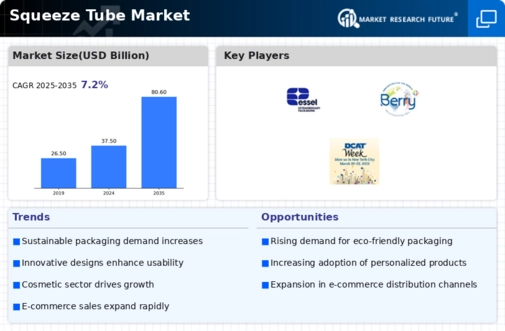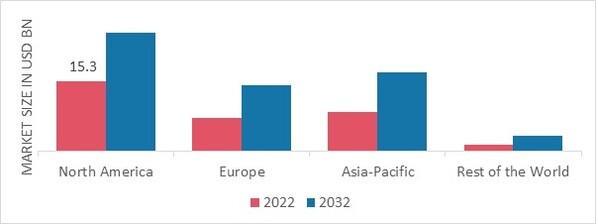Leading market players are investing heavily in research and development in order to expand their product lines, which will help the Squeeze Tube market, grow even more. Market participants are also undertaking a variety of strategic activities to expand their global footprint, with important market developments including new product launches, contractual agreements, mergers and acquisitions, higher investments, and collaboration with other organizations. To expand and survive in a more competitive and rising market climate, Squeeze Tube Industry must offer cost-effective items.
Manufacturing locally to minimize operational costs is one of the key business tactics used by manufacturers in the global Squeeze Tube Industry to benefit clients and increase the market sector. In recent years, the Squeeze Tube Industry has offered some of the most significant advantages to medicine. Major players in the Squeeze Tube market, including Amcor Limited, Essel Propack Limited, Albea S.A., Huhtamaki OYJ, Berry Global Inc., Intrapac International Corporation, Montebello Packaging Inc., and Worldwide Packaging Inc., are attempting to increase market demand by investing in research and development operations.
Packaging solutions are provided by Amcor Plc (Amcor). Pet bottles, plastic bottles and jars, capsules and closures, speciality folding cartons, free films, bags and pouches, wrappers, rigid containers, laminates and flow packs are just a few of the plastic, fibre, metal and glass packaging solutions it offers. The company's products are used in a variety of sectors, including the food, pharmaceutical, medical device, personal care, pet care, home care, and specialised cartons industries. Additionally, it services the markets for healthcare, pharmaceuticals, personal care, and home goods. The corporation has operations throughout Oceania, North America, Western Europe, and the Asia-Pacific region.
Berry Global Group Inc. (Berry Global) is a manufacturer and supplier of flexible and nonwoven specialty materials, engineered materials, and plastic consumer packaging. Clothing, applicators, bags and bulk bags, bottles and vials, construction supplies, canisters and jerrycans, caps and closures, containers, tubs, pots, dispenser and dosing, drinking cups, films and laminates, filtration materials, jars, lids and medical devices are among the company's product offerings.
Wavegrip, Sustane, Terram, Ruffies, Typar, Sunfilm, Novagryl, Reicrop, Tubex, Covertan, Adchem, Nashua, Patco, Fabrene, Ludlow Tape, Polyken, Reemay, Geca Tapes, Nashua, Chicopee, and EarthSense are just a few of the trademarks the company sells its products under. Foodservice, healthcare, personal care, domestic, hygiene, industrial, transportation, and the food and beverage industries are all served by Berry Global. The business operates throughout the world, including the US, Canada, Europe, and other regions.







Leave a Comment